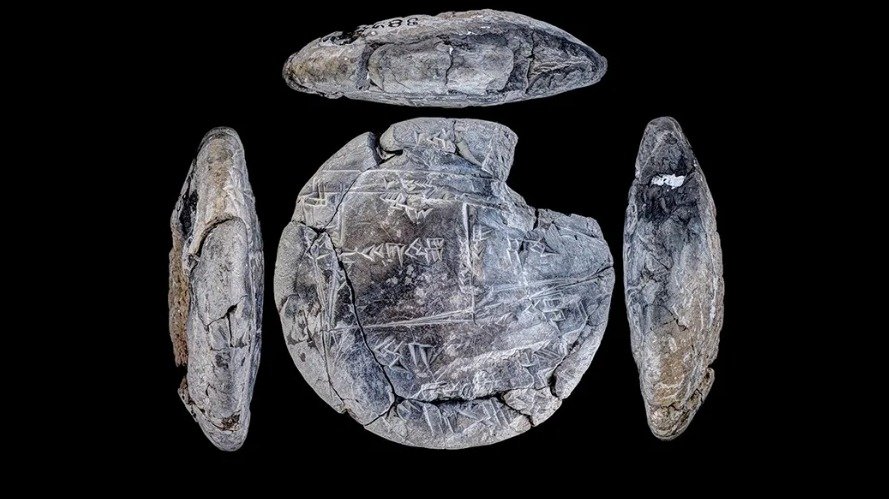A tablet has been discovered, engraved with the measurements of a piece of land, calculated using trigonometric methods and Pythagorean triples. This artifact represents the oldest known example of applied geometry.

Babylonian Knowledge of the Pythagorean Theorem
The tablet provides evidence that the Babylonians understood the Pythagorean theorem long before Pythagoras. The measurements engraved on the tablet, used to calculate the dimensions of a plot of land, were done with trigonometric methods and Pythagorean triples. This discovery marks the earliest known use of geometric principles.
Ancient Surveying Techniques
Approximately four thousand years ago, a Babylonian surveyor inscribed the boundaries of plots of land on this tablet. This act, likely routine at the time, has had significant implications for modern archaeology.
Insights from Daniel Mansfield’s Analysis
Daniel Mansfield, a mathematician from the University of New South Wales in Sydney, analyzed the tablet preserved in the Archaeological Museum of Istanbul. His findings reveal that ancient Mesopotamian peoples were familiar with the Pythagorean theorem well before Pythagoras. Mansfield states, “The transcription on the clay tablet proves that the ancient Babylonians had a comprehensive understanding of basic geometry, including the creation of right-angled triangles for practical applications.”
The SI.427 Tablet and Its Significance
The tablet, known as SI.427, features cuneiform engravings that correspond to a series of Pythagorean triples. The ancient surveyor recorded the calculations necessary to divide a plot of land into rectangles with remarkable precision, using triples such as 3, 4, 5; 8, 15, 17; and 5, 12, 13. The precise rectangles indicate that the engravings were made in real-time, likely while the surveyor was on-site.
Unsolved Mysteries
One intriguing aspect of the tablet remains unresolved: the presence of a sexagesimal number, 25:29, which has yet to be interpreted. This number could represent a calculation sequence or the area of another piece of land, but its exact significance remains unknown.
This ancient tablet not only showcases the advanced mathematical knowledge of the Babylonians but also opens up new questions for future research into the history of mathematics and surveying.



